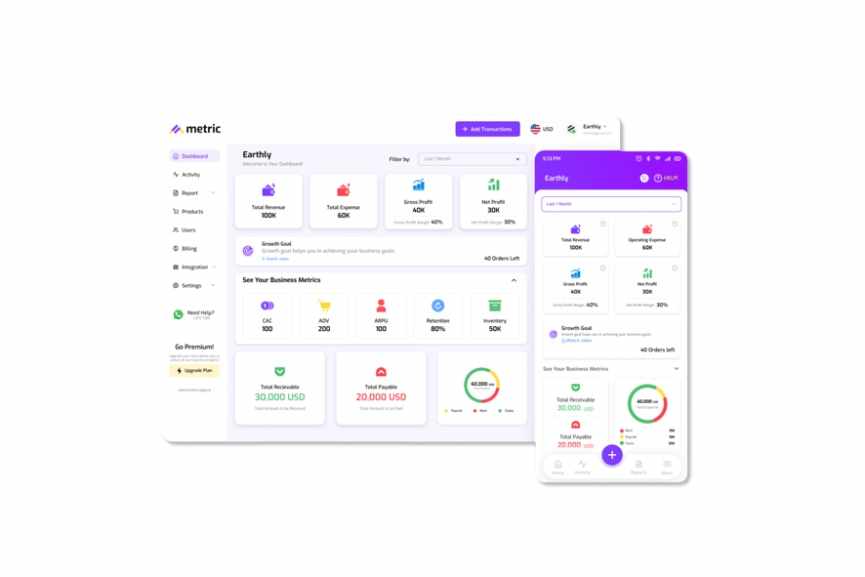The Lebanese Lira, Explained
- Date: 02-Sep-2022
- Source: The961
- Sector:Financial Markets
- Country:Lebanon
The Lebanese Lira, Explained
Money, as we know it, works as a medium of exchange, in part because its value is mutually agreed on in transactions. Lebanon is now reckoning with the economic consequences of when this is no longer true.
It has been a long time since Lebanese people knew the actual value of their money. There are, at least four vastly different exchange rates at which the Lebanese pound (LBP) is exchanged into U.S. dollars (USD).
The result is a daily struggle with misery, losses, and absurdity.
In order to explain the drop in the value of the Lebanese Lira, a dive into its history and important stages, based on the Central Bank’s data, is important.
Lebanon’s Currency Under The French Mandate
Ottoman domination of Lebanon, which lasted for more than four centuries, was brought to an end on October 6, 1918, with the entrance of the Levant Marine Division in Beirut.
Ottoman Empire | @Fanack
The used paper money by the Turkish Treasury, issued with a forced exchange rate, suffered the same fate.
In order for the Allied Forces to normalize economic life in Lebanon and cover their expenses, English authorities imposed the banknote of the National Bank of Egypt.
The Egyptian currency has been, since October 30, 1916, closely



















